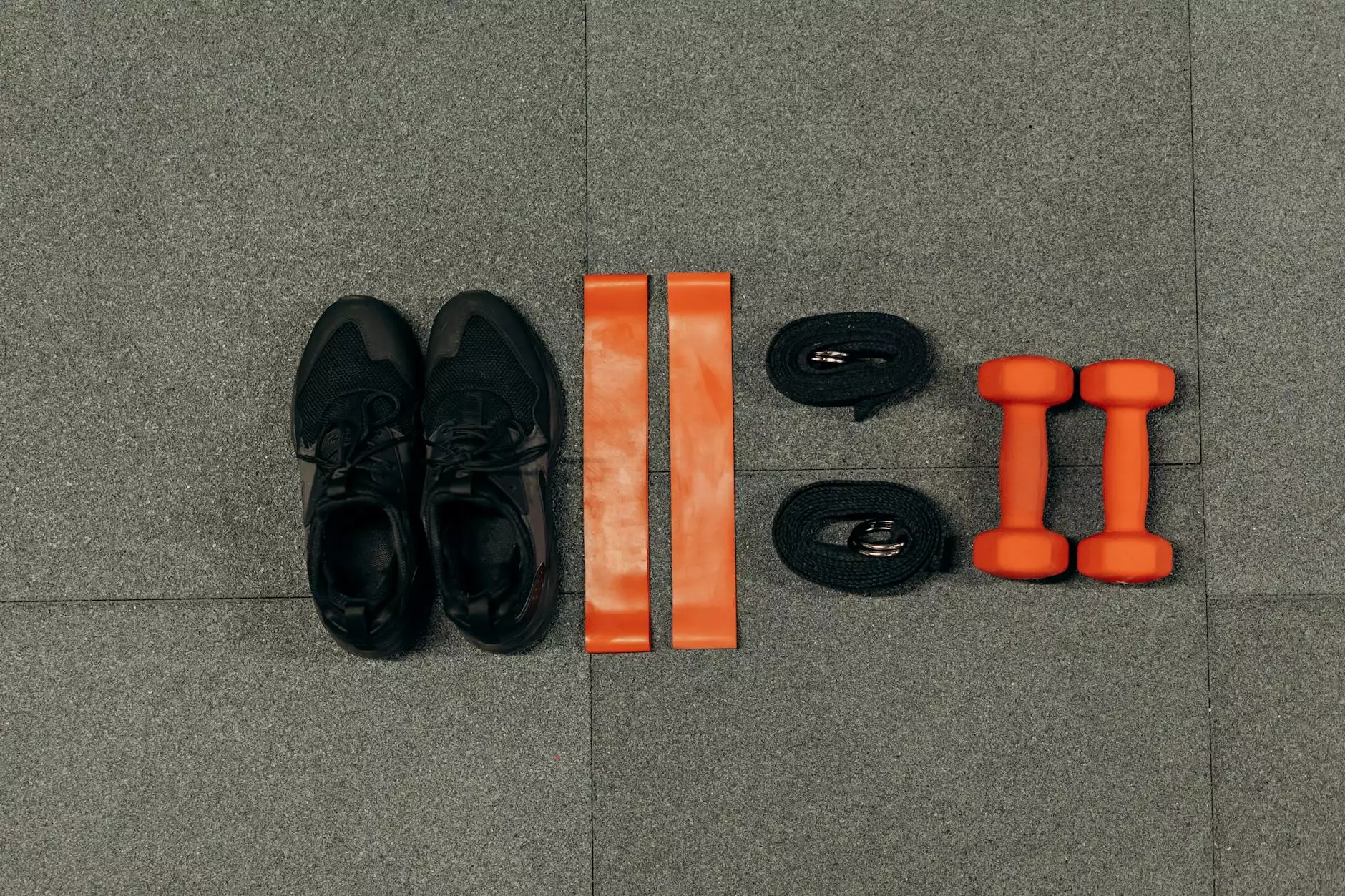Website A/B Testing 101: Boost Conversions with Analytics

Introduction
Welcome to Web 360 Studio, a premier digital marketing agency dedicated to helping businesses in the business and consumer services industry thrive online. In this comprehensive guide, we will explore the power of website A/B testing and analytics in boosting conversions. By implementing effective A/B testing strategies, you can optimize your website's performance and achieve higher conversion rates.
Understanding A/B Testing
A/B testing, also known as split testing, is a method used to compare two versions of a web page or element to determine which performs better. By testing different variations, you can identify the most effective elements that drive conversions. This iterative process allows you to continually improve your website and ensure it meets the needs and preferences of your target audience.
The Benefits of A/B Testing
A/B testing offers numerous benefits for businesses seeking to enhance their online presence and conversion rates:
- Increased Conversions: A/B testing helps optimize your website's design, copy, and layout, leading to higher conversion rates.
- Improved User Experience: By identifying the elements that resonate with your audience, you can enhance their overall experience and increase engagement.
- Data-Driven Decision Making: A/B testing provides valuable insights into user behavior, allowing you to make informed decisions based on concrete data.
- Continuous Optimization: With A/B testing, optimization becomes an ongoing process, enabling you to adapt to evolving user needs and preferences.
Key Steps in A/B Testing
Effective A/B testing involves several key steps that ensure accurate results and meaningful insights:
1. Defining Your Goals
Before embarking on an A/B testing campaign, it's essential to clearly define your goals. Are you aiming to increase sign-ups, improve click-through rates, or boost overall conversions? By setting specific objectives, you can focus your testing efforts and measure success accurately.
2. Identifying Test Variables
The next step is to identify the elements you want to test. These variables can include headlines, call-to-action buttons, color schemes, layouts, or any other element that may impact user behavior. Make sure to prioritize and test one element at a time to isolate its impact.
3. Creating Variations
Create different versions of your web page or element, each including a single change. For example, if you are testing the effectiveness of a call-to-action button, create one version with a green button and another with a blue button. Ensure that your variations are both visually appealing and aligned with your brand identity.
4. Determining Sample Size
To achieve statistically significant results, it's crucial to determine an appropriate sample size. The larger the sample, the more accurate and reliable the results will be. Consider using statistical calculators or consulting with experts to determine the ideal sample size for your test.
5. Implementing the Test
Once you have your variations and sample size defined, it's time to implement the test. Use A/B testing tools or platforms to split your website traffic and randomly display different versions to your visitors. Ensure that the test runs for a sufficient duration to capture an adequate amount of data.
6. Analyzing Results
When the test concludes, it's time to analyze the results. Look for statistically significant differences between the variations and determine which version performed better. Use analytics tools to gain insights into user behavior, such as click-through rates, time spent on page, and conversion rates.
Best Practices for A/B Testing Success
To maximize the impact of your A/B testing efforts, consider the following best practices:
1. Test One Variable at a Time
Focusing on a single variable allows you to clearly attribute any observed differences in performance. Testing multiple variables simultaneously can lead to inconclusive results and make it challenging to determine the cause of changes in conversion rates.
2. Collect Data Over a Sufficient Duration
Ensure that your test runs for an appropriate duration to collect enough data. Seasonal factors, day-of-week variations, or other fluctuations can influence user behavior. By accounting for these factors, you can obtain more accurate and reliable results.
3. Leverage Analytics Tools
Utilize analytics tools to gain deep insights into user behavior and track key metrics. By tracking click-through rates, conversion rates, and other relevant data, you can identify patterns and make data-driven decisions to optimize your website and drive conversions.
4. Continuously Iterate and Improve
A/B testing is an ongoing process. Don't settle for initial results; use them as a starting point to continually iterate and improve your website. Regularly test new variations to unlock further conversion rate optimization potential.
Conclusion
In conclusion, A/B testing is a powerful strategy that enables businesses to optimize their websites and boost conversions. By following the key steps, implementing best practices, and leveraging analytics, you can uncover insights that lead to continuous improvements in user experience, engagement, and ultimately, conversion rates. At Web 360 Studio, we're passionate about helping businesses achieve their full online potential through efficient A/B testing and comprehensive digital marketing solutions. Contact us today to take your business to new heights!










